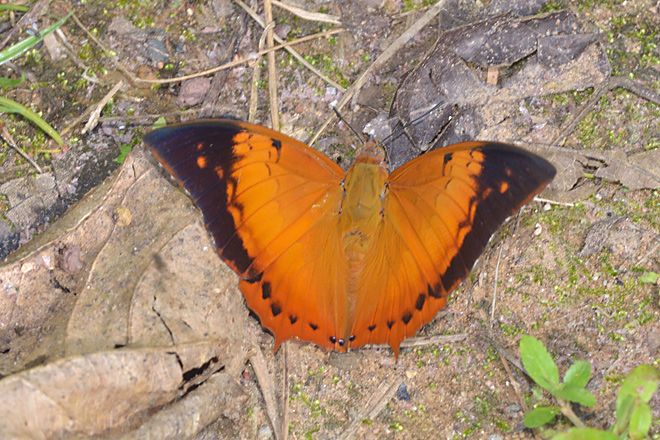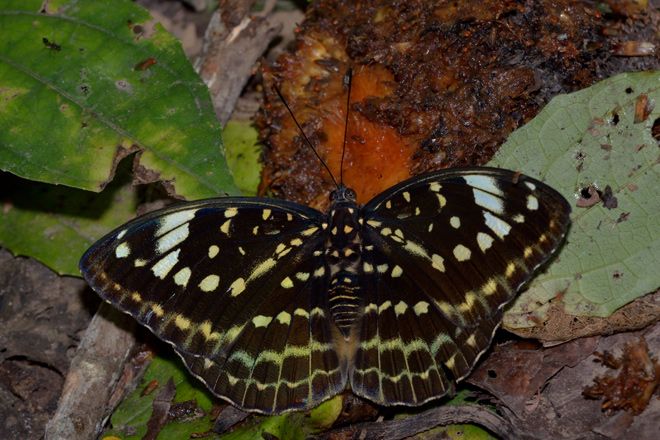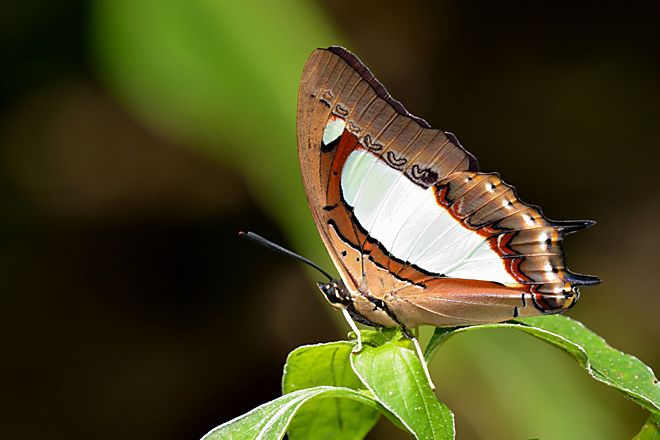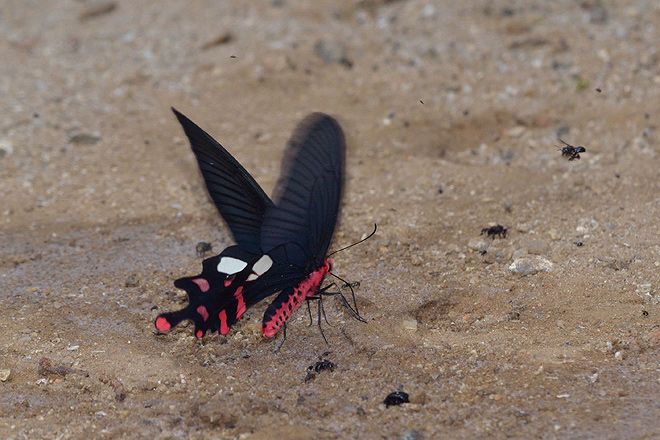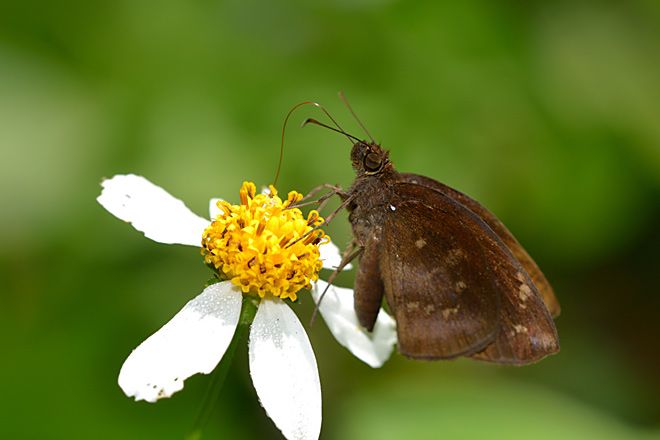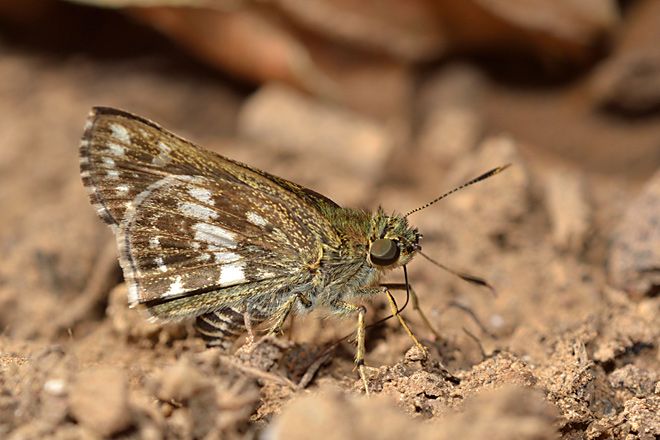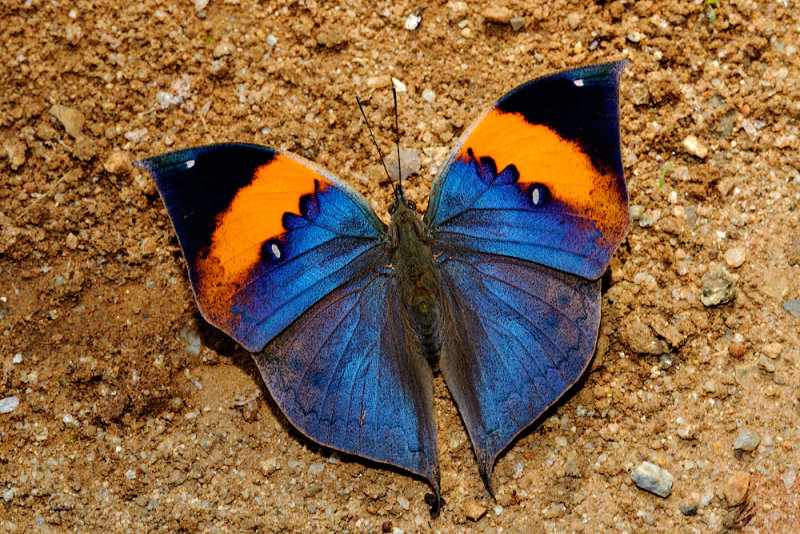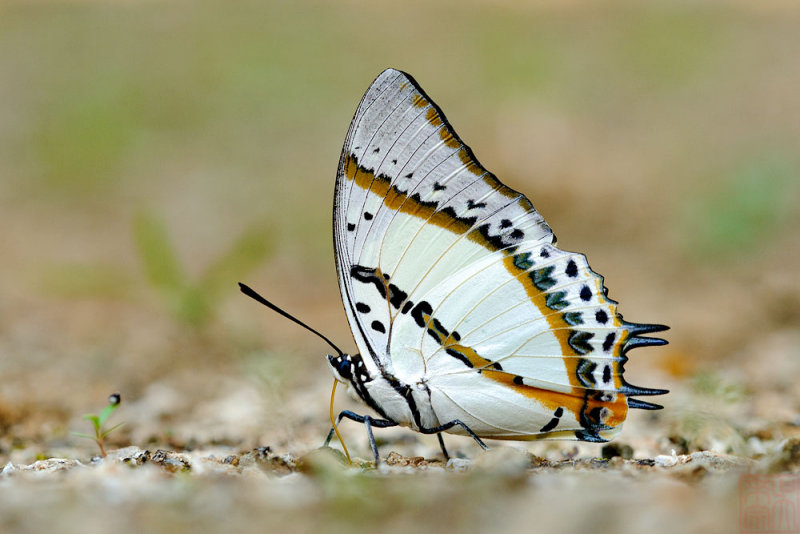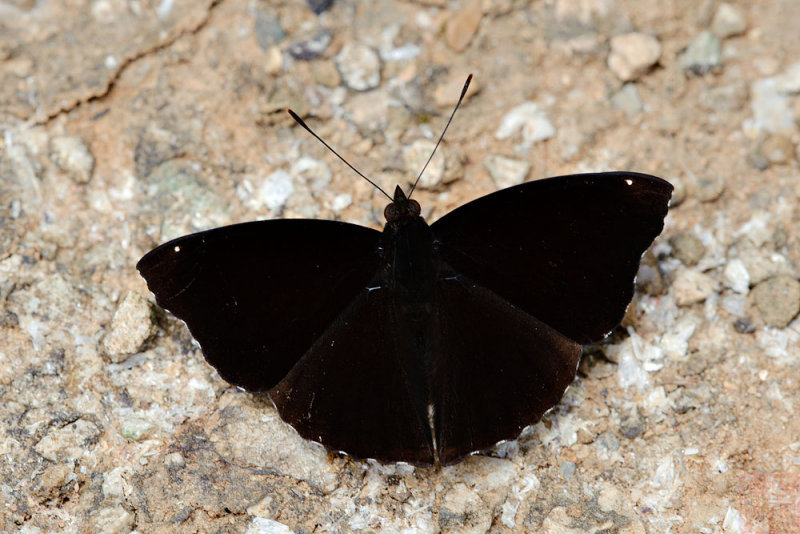Post 27.
Unidentified Hesperid - Ampittia dioscorides.
In A. maroides the HW is evenly spotted & the cilia barely checquered.
http://upload.wikimedia.org/wikipedi...86_2_Fitch.png
Post 38.
Unidentified Lascar - Pantoporia hordonia dsf.
The dsf have wider orange bands & the base (' foot ') of the FW postdiscal band along the lower margin extended. (wsf have narrow band & a small foot.)
TL Seow : Cheers.




 Reply With Quote
Reply With Quote !
!
